Home> Company News> Bearing installation
- AddressThree hole bridge in Tianqiao District, Ji'nan, China
- Factory AddressThree hole bridge in Tianqiao District, Ji'nan, China
- Worktime9.00-18.00(Beijing Time)
- Phone(Working Time)86 0531-82999952
Bearing damage can be described as commonplace, but do you know that 80% of bearings fail early because they are not properly installed. The correct installation of the bearing not only increases the service life of the bearing, reduces the cost, but also greatly improves the production efficiency.
Bearing installation is very different from conventional parts and equipment. In order to achieve "fine seams", it is necessary to master specific methods and techniques, and it is not an overstatement to use "to put elephants in the refrigerator".
Before installation, it must be confirmed whether the bearing is properly stored, which is an important prerequisite for bearing installation.
Bearing preservation
Bearing preservation has relatively harsh requirements on the environment
• Preservation environment such as warehouse, temperature should be maintained at 0~40 degrees, humidity should be kept below 60%
• No large amounts of dust or corrosive gases
The new bearings are packaged at the factory and are protected by rust preventive oil. Try to maintain the original packaging before use, to avoid or reduce the rust of the bearing products caused by unprotected measures.
Bearing installation
After ensuring that the properly preserved bearings are in good condition, they can be officially installed. Usually, the elephants can be put into the refrigerator in three steps.
The first step is to do a good job of preparation
• Clean and tidy operation space
As a precision component, the assembly process requires higher operating space, and the clean and tidy space helps to avoid early bearing damage caused by the introduction of impurities.
• Prepare the parts and tools needed in the installation process in advance
Prepare the necessary parts and tools throughout the installation, including screws and nuts, threaded glue, gaskets, heaters (or freezer), spreaders, torque wrenches, internal and external micrometers, magnetic seats, dial gauges (or thousands) Sub-meters, feeler gauges, height gauges, spring scales, cleaning agents, rags, dust-free paper, and other ancillary equipment.
• Measurement and recording of critical part dimensions in advance
According to the general bearing design, the rotating parts are required to have an interference fit, and the stationary parts can be used with a clearance fit. Bearings, compared to heavy shafts and housings, are a relatively weak group that can be affected by the shape of the shaft or housing. Before installation, it is necessary to measure and record the dimensions of key parts in advance to avoid the impact of unqualified parts installation on the bearings.
The second step is to choose the appropriate installation method.
We use the most common inner ring rotation to require an interference fit on the shaft, and the outer ring is a clearance fit as an example to illustrate the mounting method of the bearing.
For bearings with an interference fit, the inner ring is usually expanded by heating or the press is directly pressed (only for bearings of small size).
• Heat expansion of the inner ring
Bearing inner ring heating method: The inner ring of the bearing is usually heated by induction, heating furnace and oil bath. Do not use acetylene heating, because it is random and uncontrollable, it is easy to overheat or even scrap the bearing.
Comparison of common heating methods:
Master the heating temperature: ordinary industrial bearings stipulate that the maximum heating temperature does not exceed 120 degrees Celsius, the time does not exceed 8 hours; the maximum heating temperature of precision bearings does not exceed 66 degrees Celsius. In many cases, the bearing does not need to be heated to the highest temperature. The following formula can be used to calculate the amount of expansion ΔL that heating will produce.
ΔL=α*ΔT*d
α: 11.7*10-6 metal thermal expansion coefficient
ΔT: difference between heating temperature and ambient temperature (degrees Celsius)
d: bearing inner diameter (mm)
Although in theory, as long as the amount of heating expansion is greater than the amount of interference, the installation can be completed, but in fact, installation at this temperature is not directly operable. The temperature required for installation must be greater than this value, and the difference in time from the completion of heating to the installation will result in a slight drop in temperature. In addition to this, the complete alignment during the installation process and the minimum clearance amount reserved for the convenience of installation will also affect the installation. Therefore, the actual heating temperature selection should be combined with the calculation results of the formula and the above factors.
By the same token, if the outer ring needs to be frozen to install an application with an interference fit, the same formula is used, considering the same factor, just replacing the inner diameter of the bearing with the outer diameter of the outer ring.
• Press through the press
This method is only suitable for small size bearings.
First, the pressure needs to match in place. The required press tonnage can be calculated according to the formula. Secondly, choose the right tooling to match the press head and the bearing parts to be pressed. Generally, the sleeve type parts are in contact with the bearing parts for the whole week. Finally, it is also one of the most important steps, the pressure is applied directly to the parts that need to overcome the interference. For example, if there is an interference condition in the inner ring, it is not possible to press the outer ring and use the raceway and the roller to transmit the force to the inner ring to achieve press fitting, which will cause damage to the bearing raceway.
The third step is post-installation inspection, double insurance
Regardless of the installation method, the inspection after installation can avoid the bearing press-fit not being in place due to some negligence. For example, after heating and installing large bearings, due to the effect of thermal expansion and contraction, a certain gap will be generated near the shoulder when the temperature is lowered. This gap does not exist in the calculation and analysis, so for the components to be heated, generally It is required to apply a constant clamping force during the cooling process to eliminate this gap, which is to correct the improper installation by post-installation check correction.
For the bearing that is pressed into the press, if the radius of the corner of the shoulder is too large, so that the rounding of the bearing is exceeded, then the post-installation inspection will find that the correction is not enough, the machining error, the pre-sequence inspection The necessary processes for such problems.
The above is a general overview of the bearing installation method. Due to the wide variety of bearings and applications, installation procedures and precautions vary. You are welcome to consult the nearest Timken engineering experts, we will rely on a wealth of knowledge and technology to solve all kinds of problems for you. It is believed that by mastering the correct bearing installation method, you can effectively reduce bearing failures and improve equipment operation efficiency.


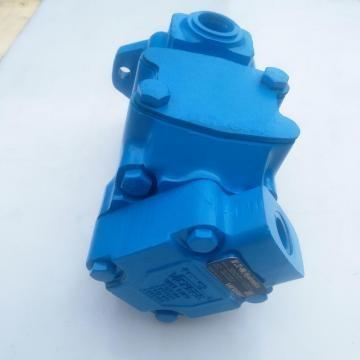 2520VQ17C11 11CC20 Eaton Vickers Vane Pump
2520VQ17C11 11CC20 Eaton Vickers Vane Pump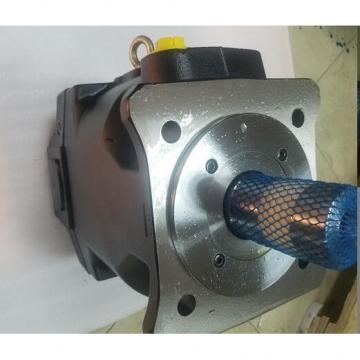 PV2R34-76-136-FREAA YUKEN Double Vane Pump
PV2R34-76-136-FREAA YUKEN Double Vane Pump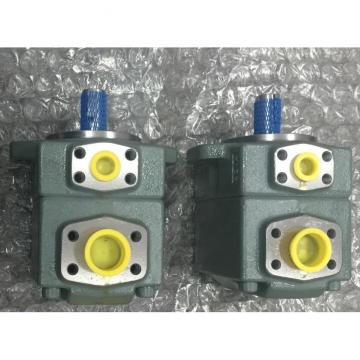 PV2R2-33-F-RAA-41 Yuken Double Vane Pump PV2R Series
PV2R2-33-F-RAA-41 Yuken Double Vane Pump PV2R Series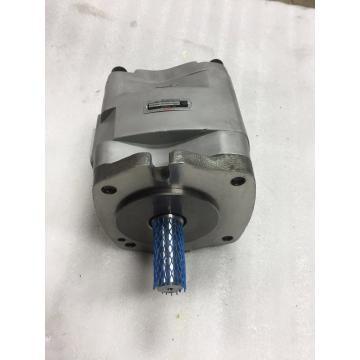 IPH-5B-50-11 Nachi Gear Pump IPH Series
IPH-5B-50-11 Nachi Gear Pump IPH Series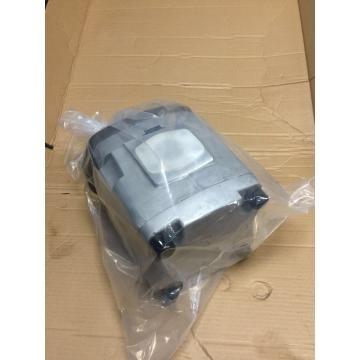 R918C02383 AZPF-22-022LRR20MB Rexroth AZPF Series High Performance External Gear pump
R918C02383 AZPF-22-022LRR20MB Rexroth AZPF Series High Performance External Gear pump